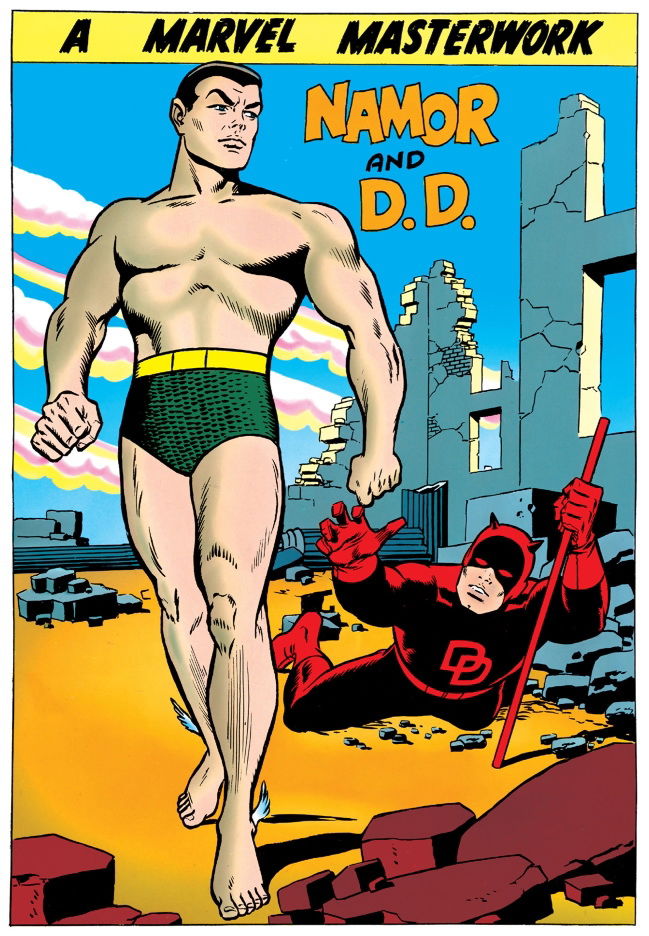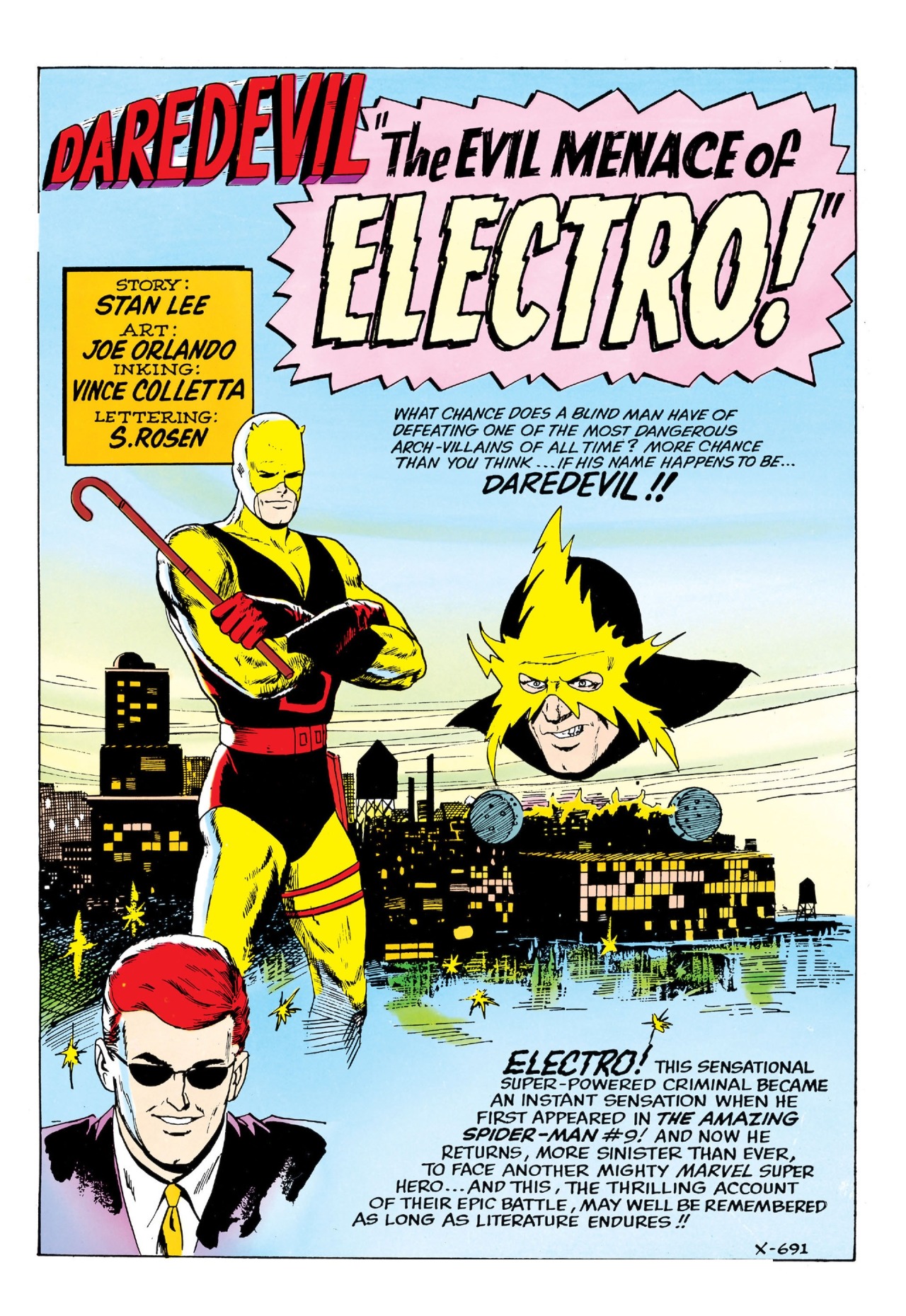I'm wrapping up my month-long focus on Wally Wood with arguably his most significant contribution to comics, the prozine witzend. Wood was an artist constantly on the prowl for opportunities and in retrospect his career has a real gypsy aspect to it as he bounced from one project and company to yet another and yet another. He was in many ways like others of his generation of artists such as Steve Ditko and Gil Kane who were not necessarily content with the corporate approach to comics and the limitations on expression that imposed.
So he decided to create witzend (at one time called et cetera) and gave a space for his fellow pros to see their work published for no fee but also no pay, the difference being they kept the rights. witzend was black and white version of what Image Comics would do decades later but on a much, much larger scale and with a keener interest in profit. In these pages readers found stories unlike what the "Big Two" were producing but they were stories written and drawn by that same talent. Wood introduced such features as Animan, the Pipsqueak Papers, Bucky Ruckus, The Rejects and perhaps most importantly the early installments of his unfinished fantasy epic The World of the Wizard King.
After the first four issues, all of which sported Wally Wood covers, the control and ownership was shifted over to Bill Pearson for a buck and the publication carried on for a total of thirteen issues before folding in 1985. Wood remained a contributor. He generated one more cover, a delightful color wraparound illustration. See it below with the rest of the covers for the run.
witzend was a notable milestone in the changing of the way comics were made. Famously or perhaps infamously comic book shops were factories with talented and competent craftsmen producing product owned by the company in all respects with the "creator" getting paid merely for his time and effort and not able really in most cases to realized any share specifically of the profits his work generated. That of course has changed over the decades for a host of reasons. But artists like Wally Wood waking up to the notion that he was an artist and not just a field hand and taking steps to find outlets for his expression was not a small marker along the road of that change.
Rip Off

























































